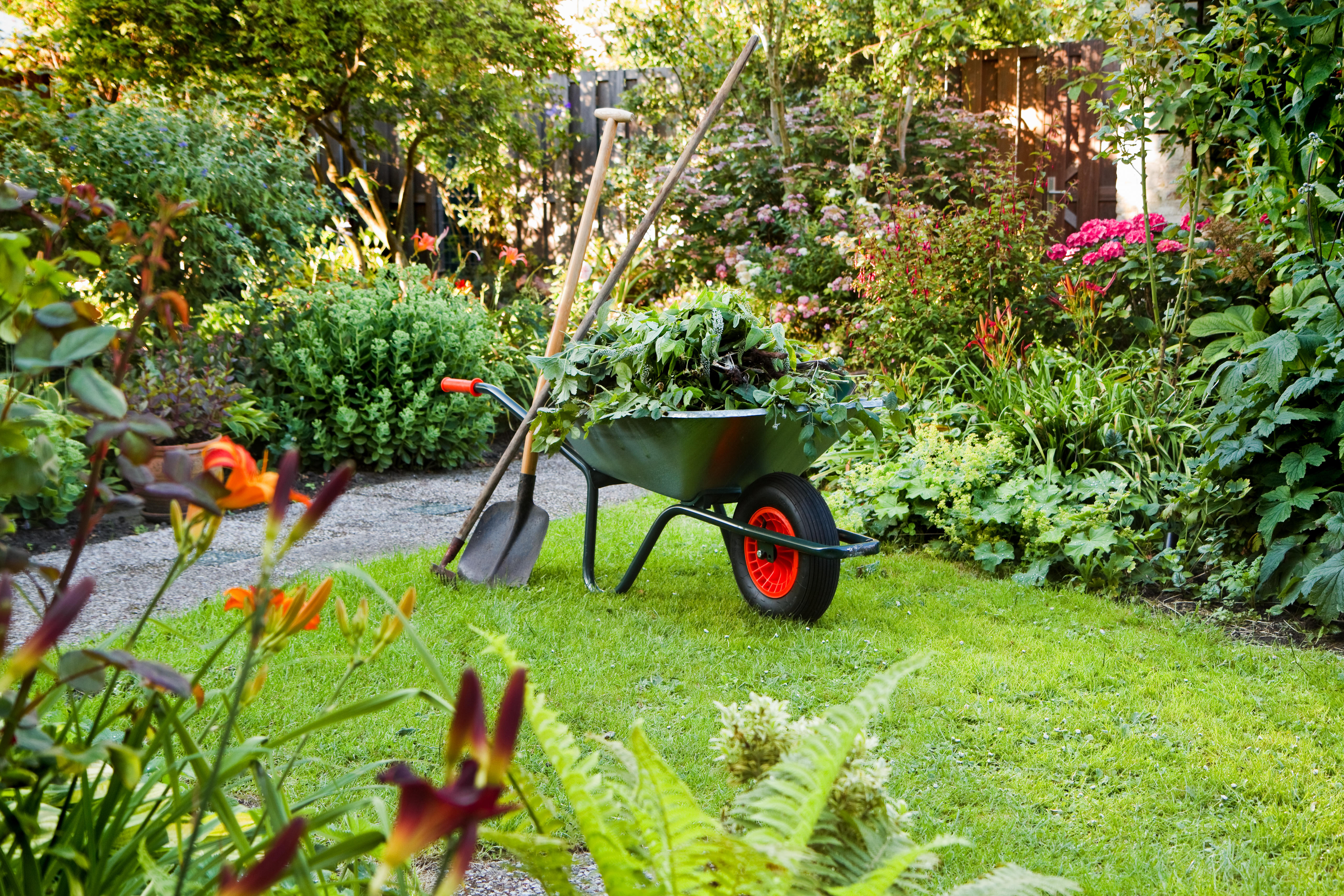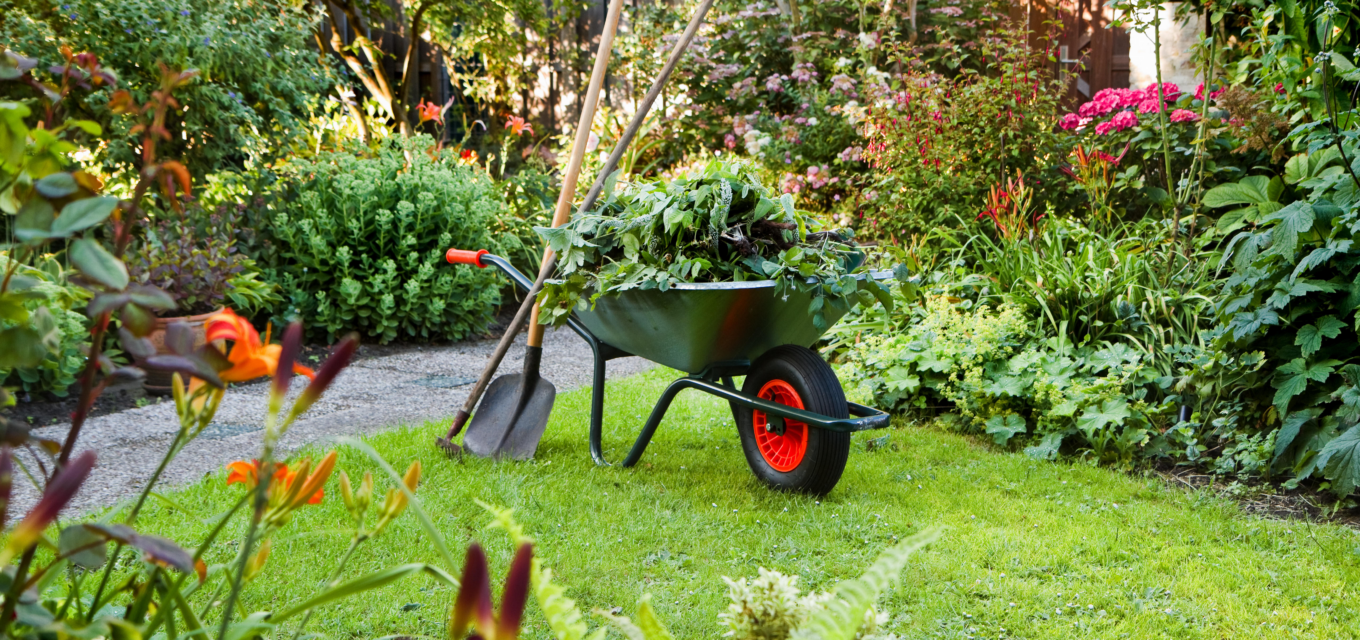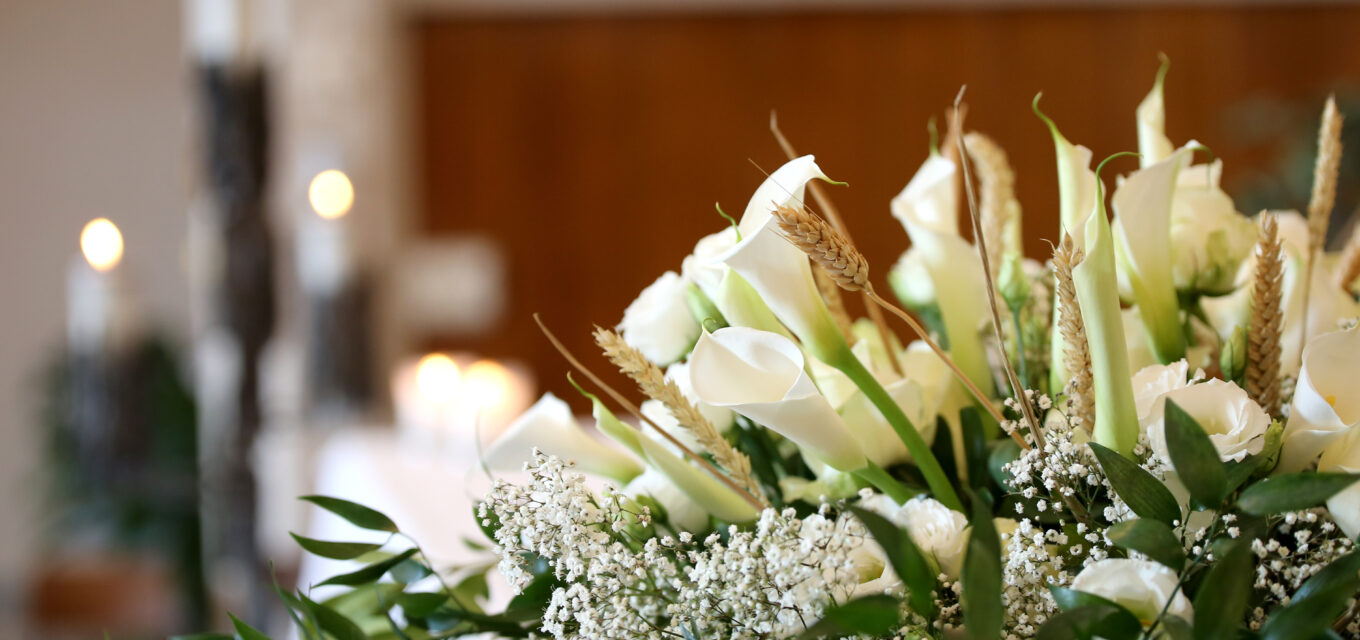
If you have not already done so, prepare your September landscape for possible damaging high winds and torrential downpours from passing tropical storms. September can present a higher probability for hurricanes in SW Florida. Hurricane season peaks between August and October, with September 10 as the day you’re statistically most likely to find a tropical storm somewhere in the Atlantic basin. Harvey, Hugo, Ike, Irma, Maria, and our recent Ian were all September named storms.
Your gardening check list for September:
- This is your last chance to prune plants that are cold-sensitive tropical plants (e.g., hibiscus, ixora, allamanda). This will allow enough time to pass so that new growth can harden off.
- Prune up to one third of the foliage height from shrubs. If your goal is to greatly reduce a shrub’s size, prune one third now and in the spring if need be. And, you might also question if this shrub requires massive amounts of pruning on a regular basis – is it the best plant for this particular spot? Maybe a smaller plant is more appropriate in this spot.
- Pruning can be an overall reduction of height from the top (horizontal), or, it can be the removal of the tallest branches (vertical). Both will reduce height, but the latter method will encourage growth in the center, allow better air flow and give sun an opportunity to reach the interior. The result is a healthier plant with more even distribution, top to bottom, of foliage.
- Those unfamiliar with subtropical plants may decide to constantly shape their shrubs into hedges and boxes. Subtropical and tropical plants are poor subjects for this sort of topiary treatment. It denies them their natural appearance, forces bushy growth only on the tips of the branches and encourages dieback, disease and pests, through the lack of sun and air circulation to the plant’s interior. The only plant that we grow locally, that would allow this sort of treatment, is the tiny-leafed ilex schilling.
- You still have time to plant trees, shrubs and turf. Get them in as soon as possible to take advantage of the remaining summer rains. Select plants based on size and sun, shade and drought tolerance. Choose the right plant for the right place.
- Herbs (annual and perennial varieties) are another good bet at this time of year and can be grown inside the lanai cage, where they do well. Pot up sage, sweet marjoram, thyme, basil and rosemary for use in your meal preparation. Herbs need to be pruned frequently.
- If your lawn has dead spots from chinch bugs and you have already treated the area, now is the time to do some renovation. Remove the dead turf runners, smooth out the area and replenish it with topsoil, if the area is relatively small. For larger areas you can purchase plugs from a garden center, filling in with topsoil.
- Fungus and disease can become a problem under wet/humid and high temperatures. Check your ornamental shrubs and turf for signs, and treat promptly and appropriately. • Remember: through September 30, the Summer Fertilizer Ordinance is in effect. A summer blend of fertilizer free of nitrogen and phosphorous is available locally, and can be applied to lawns during this restricted period.





